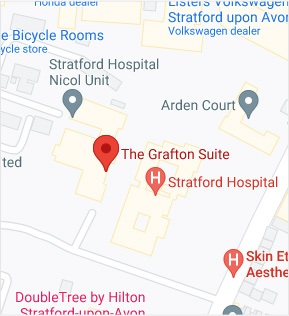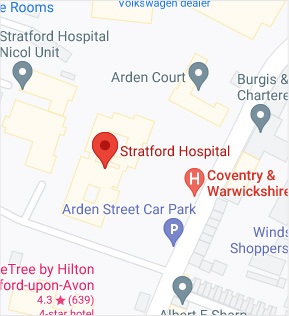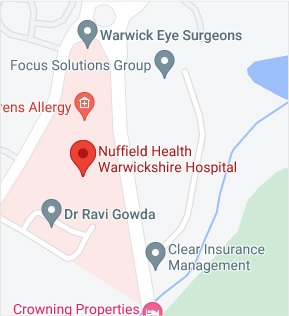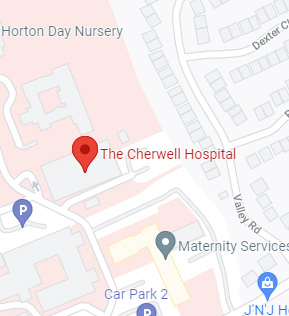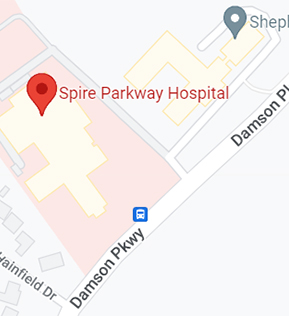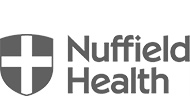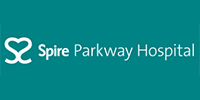Hand Fracture
The hand is one of the most flexible and useful parts of our body. Because of overuse in various activities, the hands are more prone to injuries, such as sprains and strains, fractures and dislocations, lacerations and amputations while operating machinery, bracing against a fall and sports-related injuries.
A hand fracture is a break in one of the bones in the hand, which occurs when force greater than the bearable limit is applied against a bone.
Symptoms
The most common symptoms of a hand fracture include severe pain, swelling, bruising or bleeding, deformity and discolouration of the skin, and limited mobility of the hand.
Diagnosis
The diagnosis of a hand fracture is based on the patient’s history, physical examination and X-ray imaging to determine the type and severity of the fracture. X-rays are the most widely used diagnostic tools for the evaluation of fractures.
Treatment
The objective of early fracture management is to control bleeding, provide pain relief, prevent ischemic injury (bone death) and remove sources of infection such as foreign bodies and dead tissue. The next step in fracture management is the reduction of the fracture and its maintenance. It is important to ensure that the involved part of the body returns to its previous function after the fracture heals. To achieve this, maintenance of the fracture reduction with immobilisation techniques is done by either non-operative or surgical methods.
Non-operative Therapy
The bones can be realigned by manipulating them into place in a procedure called closed reduction. Following this, splints, casts or braces made up of fibreglass or Plaster of Paris material are used to immobilise the bones until they heal. The cast is typically worn for 3 to 6 weeks.
Surgical Therapy
Hand surgery is performed to restore the structure and functionality of the fingers, wrist and hand secondary to a traumatic injury, medical condition, severe infection, or birth defect causing pain and/or deformity of the hand.
During surgery, the fracture site is adequately exposed, the bones realigned, and reduction of the fracture is done internally using wires, plates, screws and intramedullary nails.
Rehabilitation
Fractures may take several weeks to months to heal completely. You should limit your activities even after the removal of the cast or brace so that the bone becomes solid enough to bear stress. A rehabilitation programme involving exercises and a gradual increase in activity levels to strengthen the muscles and improve range of motion is recommended.
Hand therapy is a rehabilitation technique to improve the strength and restore functional activity of the hands in patients with upper extremity injuries. It will be initiated within a few days of the injury or surgery and continued until the patient returns to normal activities. Rehabilitative hand therapy aims at minimising swelling and managing sensitive scars whereas preventive therapy is recommended for minimising pain, decreasing repetitive firing of sensual impulses in injured nerves, improving motion and strength, preventing or correcting injuries using specially designed splints, teaching ways to cope with pain and new techniques for performing regular activities, and ensuring a complete recovery.


 REQUEST AN APPOINTMENT
REQUEST AN APPOINTMENT



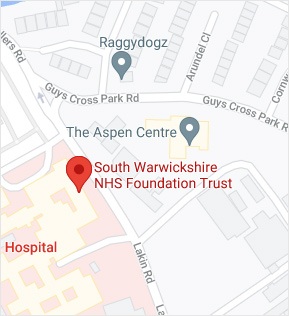
 Ext 4798
Ext 4798